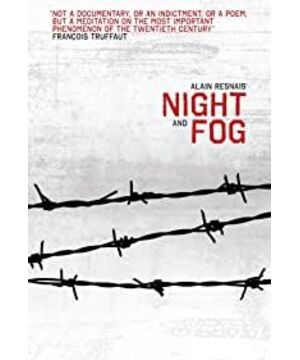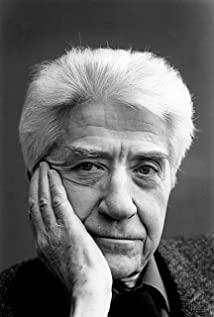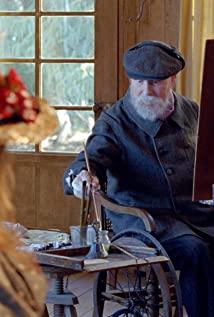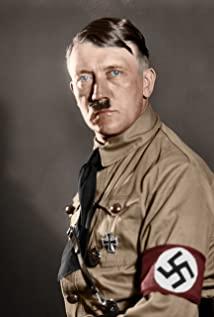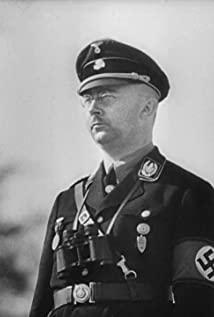If you do not consider the background of the times and the social environment, you will feel puzzled when you first watch this film, as if it is a documentary, there is neither detailed historical data nor passionate and indignant statements. The first shooting year 1950s is important. Like us later generations, although we have become accustomed to various anti-NZ documentaries reflecting on World War II, whether it is sensational or calm, but after all, it is a long way from that frenzy era. But at the time of the filming, people's impression of that era was still vivid, and the remnants of NZ were still alive. At that time, people were still worried that NZ would make a comeback and the third war would break out again. At this time, it is of great significance for the director to take the crew to revisit the old site of the concentration camp.
For today's people, the concentration camp has become a "historical relic" under protection. People from all over the world come to visit in an endless stream, and the administrators will carefully create exhibition content to promote reflection. But in the director's era, not to mention the protection of history, even survival after the war became a problem. So we see the ruins of a peaceful concentration camp that seems to have been forgotten, which seems to imply condemning people and easily forgetting their past sins.
I feel that as an example of "how to make a documentary", this film is far more influential than its content, and it has set an excellent example for later generations, not only fiddling with limited resources and budget, but also keeping the relative neutrality of the documentary objective attitude. This requires the director to have an in-depth understanding and accumulation of relevant history and materials, and the director wisely chooses the perspective of the "life" of the concentration camp, from eating, drinking and lhasa to talking about birth, old age, sickness and death, as if he is talking about the most common "everyday". But it is precisely this kind of life that permeates the horror that makes the hair stand upside down. If you think about it, there are very few actual shooting parts in the film, but the director skillfully combined with historical data, editing full of contrasts and contrasts (such as the incinerator), plus the icy scalpel-like tone and the bloody pictures on the screen. The reality of the concentration camps, I believe at the time and now, had a huge impact on the audience.
View more about Night and Fog reviews


